- News
- Events
- Oneg Shabbat
- Collections
- Research
- Exhibitions
- Education
- Publishing Department
- Genealogy
- About the Institute
- Bookstore

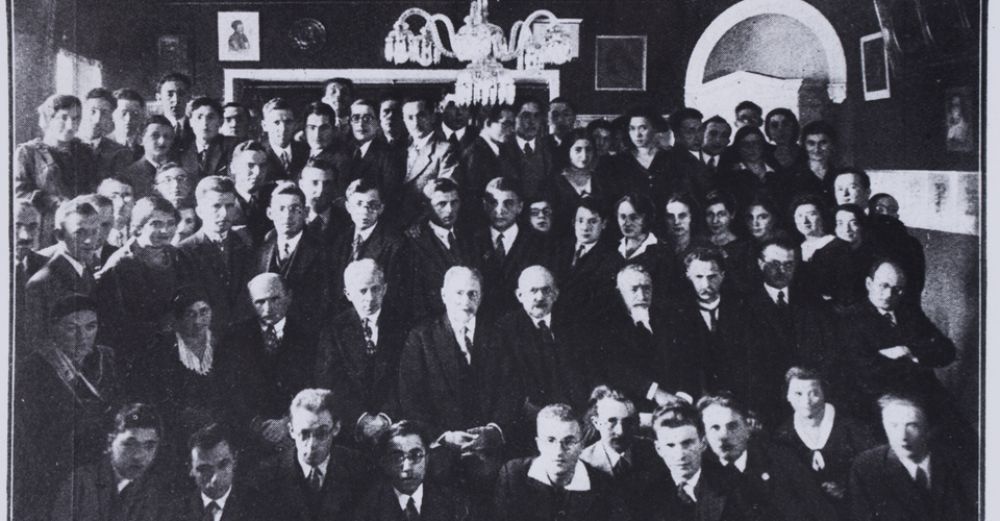
At first the Institute did not have a permanent location and classes were held in rented rooms. The breakthrough came in 1936 when the Great Synagogue Committee assigned the Institute lecture halls, workshops and offices in the newly built building of the Central Judaic Library, free of charge. This also expanded the scientific resources of the Institute since its students now had access not only to the Institute’s but also to the Great Synagogue’s library. Currently the same building houses the Jewish Historical Institute.
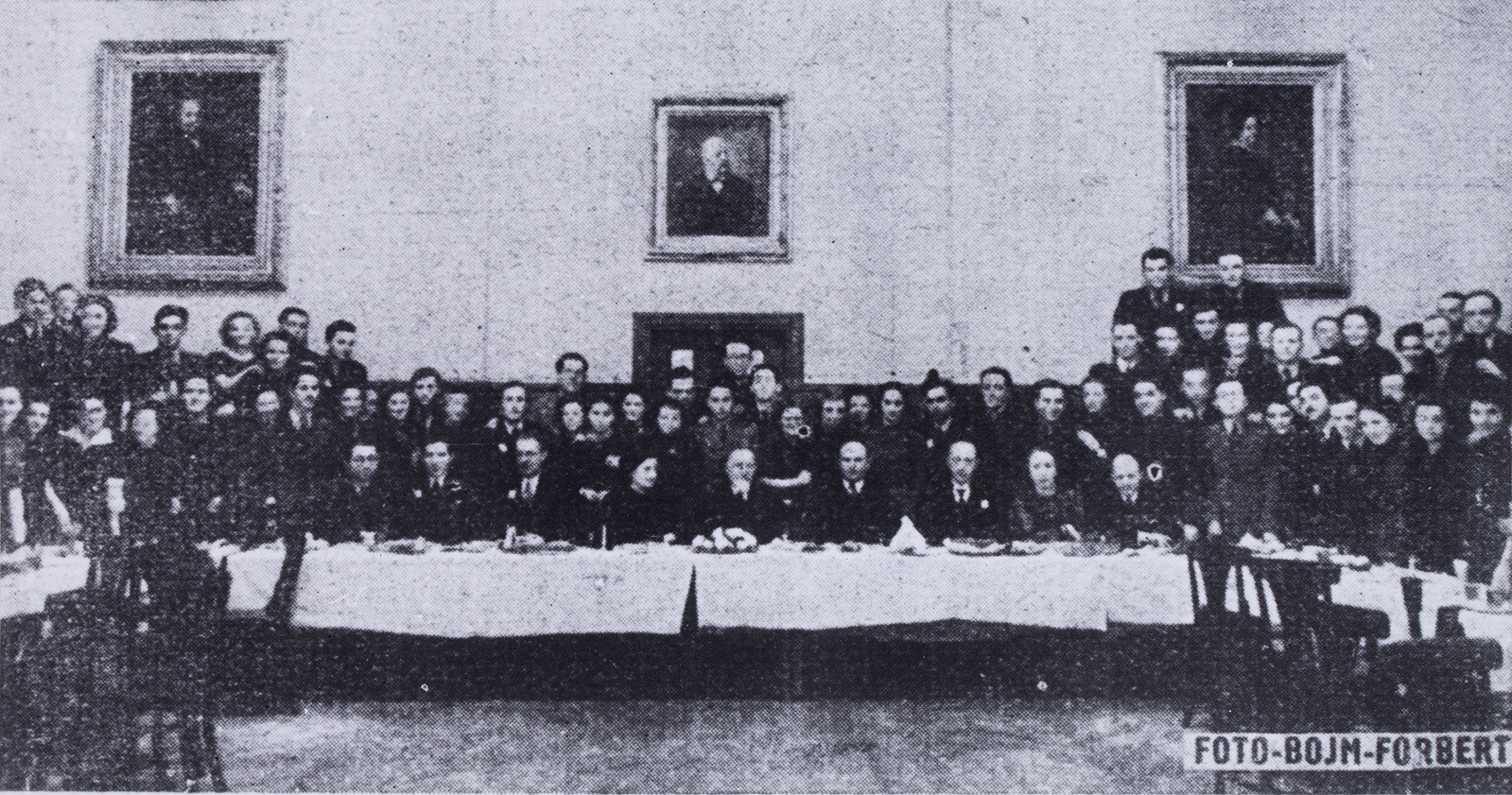
To begin studies at the Institute one had to have begun studying in the humanities faculty of the Warsaw University (though eager students without a high school diploma could audit the courses; extramural studies were also allowed). Taking the final exams required a master’s degree from the University of Warsaw. The Institute issued diplomas in two languages: Hebrew and Polish.
The Institute had two faculties where studies lasted for four years. The rabbinic faculty included: Bible studies, Talmud studies, Jewish law, Jewish philosophy, liturgy, apologetics, homiletics, pedagogy and Jewish history. The socio-historic faculty included: Jewish history, the history of Hebrew literature, linguistics, economic history, the history of Jewish social work, Jewish anthropology and biology, Jewish hygiene, folklore and ethnography, Palestine studies, Jewish art, library science and museology. Future clerks of Jewish community councils, the heads and employees of Jewish social organizations studied at the second faculty. […] The rabbinic faculty had a particularly challenging task of educating rabbis in a style different from the traditional orthodoxy and stagnant Chasidism.
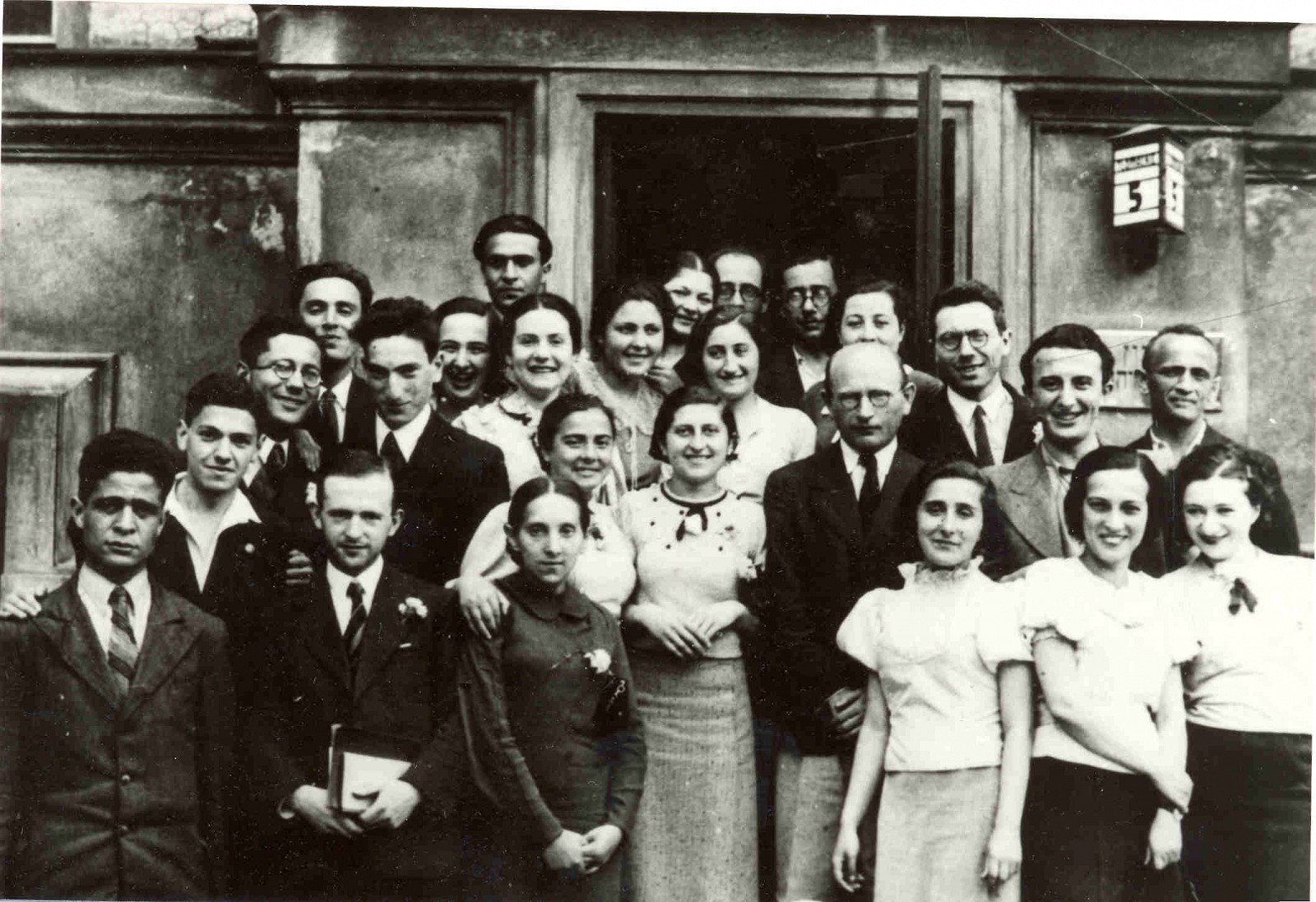
The institute included the following departments:
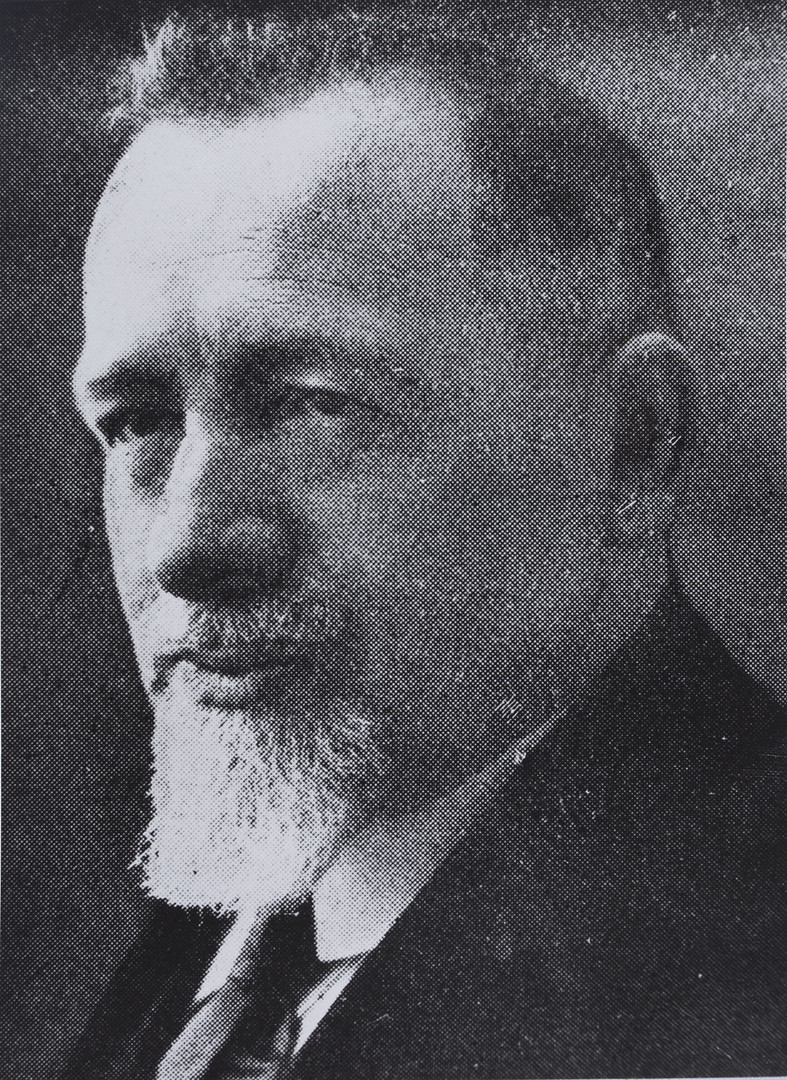
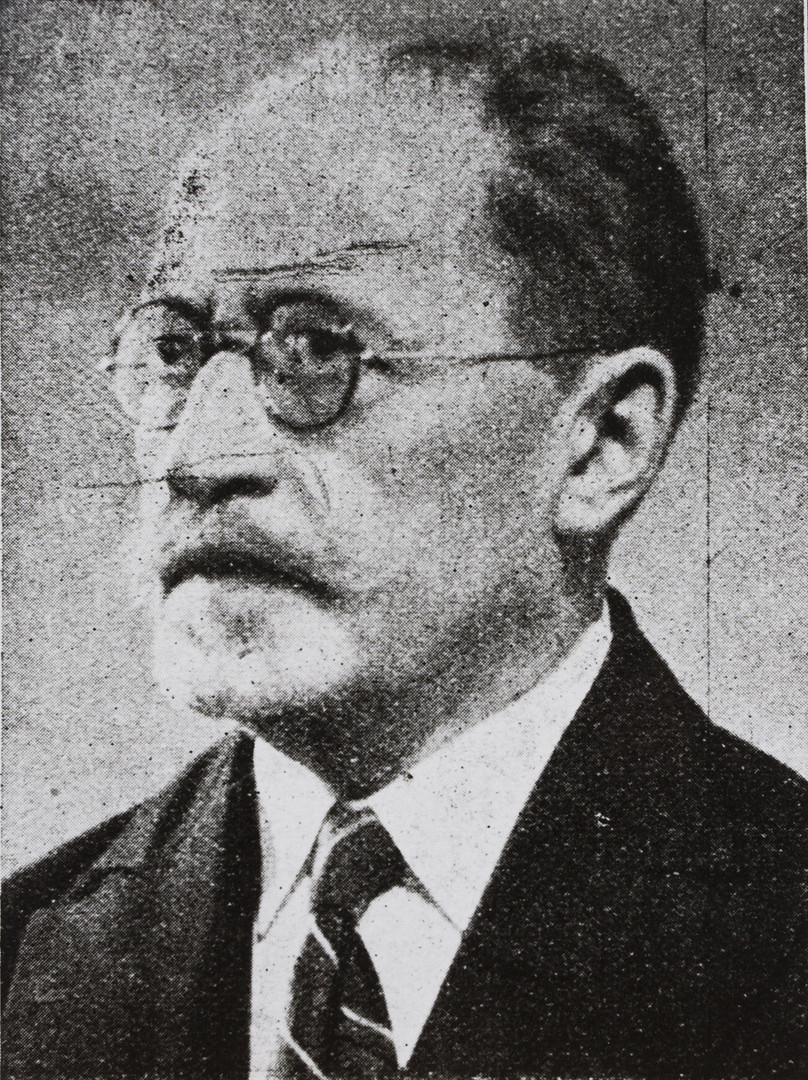
There were many extraordinary Jewish scientists and cultural representatives among the Institute’s lecturers. Besides the Institute main task, education, equal significance was assigned to its scientific achievements. One of the results of this scientific activity was the creation of the Collected Works of the Institute for Judaic Studies in Warsaw. During the 11 years of the Institutes activity they published 10 editions of the Collected Works. However, due to the large amount of paper written in the Institute and little funding, not all writings were published.
The Institute closed its door in 1939 as World War II began.
All the quotes come from Marian Fuks’ text The Institute for Judaic Studies (1928–1939) in Jewish Historical Institute — 50 Years of Activity Warsaw 1996, pg. 31–44.